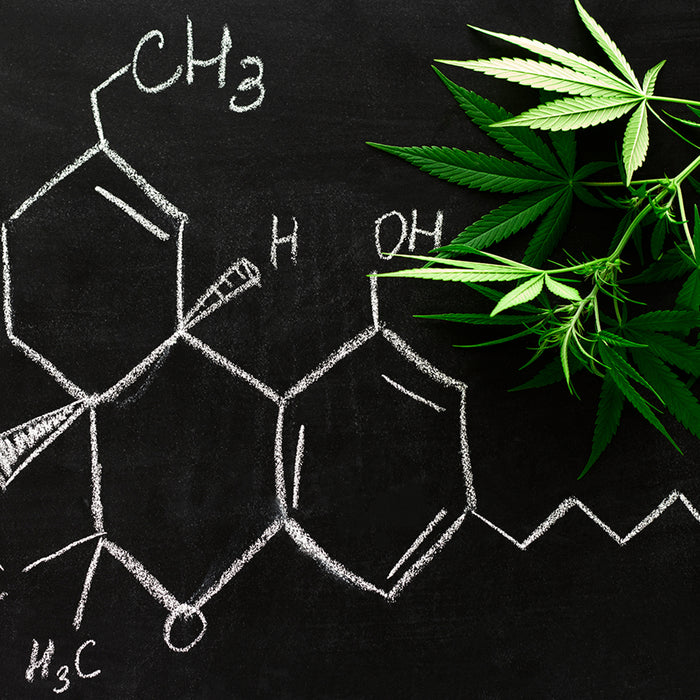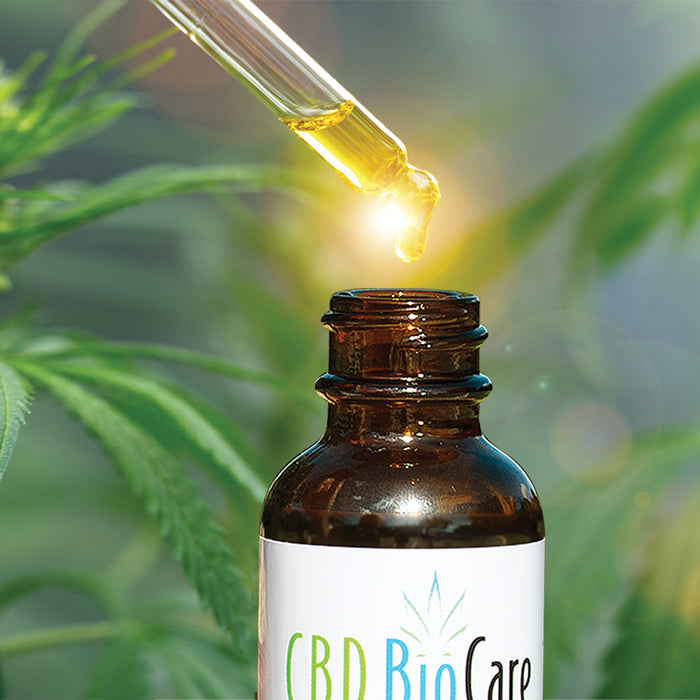History of Cannabis
You may believe that the healing benefits of cannabis are something new or at least newly discovered due to its presence in modern society but that is far from the truth. Cannabis has been used for medicinal purposes for thousands of years. In fact, the first documented use of cannabis as medicine dates to 2737 BC in China. Chinese Emperor Sheng Nung used a cannabis infused tea for improving memory, malaria and gout. Cannabis has continued to show up in Chinese medicine for thousands of years. In the United States cannabis was openly used and sold in pharmacies in the late 1800’s and it was believed to have medicinal value. It wasn’t until later that scientists discovered the intoxicating side effects of THC. In fact, cannabis as marijuana was not used as a recreational drug until the 1900’s. This practice was introduced to Americans by the Mexicans during the Mexican Revolution. This stoked prejudice and resentment and even hysteria of the “evil weed”. As a result, cannabis was outlawed by 1931.
Discovering CBD
In 1940, American Chemist Roger Adams made history when he isolated the first cannabinoid called Cannabidiol (CBD) from marijuana. His research also led him to discover Tetrahydrocannabinol (THC). Most people give this credit to Dr. Raphael Mechoulam but it was Adams who deserves the credit. Although he separated both CBD and THC, scientists say he did not really know what he had found. That wasn’t until 1946 when Dr. Walter Loewe began testing these cannabinoids on lab animals, but he was unable to identify which compound was responsible for which reaction.
CBD Breakthrough
Dr. Raphael Mechoulam is considered the father of cannabis because he was the first to discover the effects of individual cannabinoids in 1963. Although Adams first isolated CBD and THC, he could not define these cannabinoid's chemical structure. That credit goes to Israeli scientist, Dr. Raphael Mechoulam. Without his discoveries we would not know that THC is the psychoactive compound in marijuana and that CBD is non intoxicating. After this discovery was made it did not take long for interest in the plant's potential medicinal value began to be explored. The first full spectrum CBD oil was released by the mid 70’s.
Advancements in research did not translate to Americans. CBD was unknown and classified as a drug just as marijuana. In 1970, President Richard Nixon signed the Controlled Substance Act as part of the War on Drugs initiative. This placed marijuana on the list as a Schedule I drug along with heroin and LSD. This classification alone, determined that cannabis had no medical benefits and had a high potential for abuse. It was often called a “gateway drug” to more severe drugs.
In 1978 the Controlled Substance Therapeutic Research Act passed. This is significant because it legally recognized the medicinal value of cannabis. It did not specifically name CBD but it was a landmark approval in the United States because it represented the first time a cannabis compound as legal for its medicinal potential.
CBD Shows Promise for Epilepsy
In the 80’s Dr. Mechoulam and his team of researchers conducted the first study on cannabis and epilepsy. During the first clinical trial, participants (mostly children) with epilepsy were given 300mg of CBD a day. After just four months, every one of the participants had an improved condition. Half of the subjects stopped having seizures altogether and the others had fewer. This was a huge discovery and had the potential to change the lives of anyone with epilepsy. Sadly, the results that could have sparked worldwide use of CBD to help people with seizures was never accepted and never shared with the public. It is believed that the stigma surrounding cannabis kept this discovery from being acknowledged.
“Who cared about our findings? No one! …And that’s despite many of the epilepsy patients being kids who have 20, 30, 40 seizures a day. And what did they do? Nothing!” - Dr. Raphael Mechoulam
The lack of reporting and fanfare did not keep the team from progressing. The next major discovery was about ten years later when this team identified the Endocannabinoid system in the 90’s. This is the system within our bodies that contains a network of receptors that interact and respond with cannabinoids. It was also when the therapeutic benefits of other cannabinoids in conjunction with CBD and THC were discovered.
Cannabis Becomes Legal in California
In 1996, California became the first state to legalize marijuana under the Compassionate Use Act for people with severe or chronic illnesses. The legalization of marijuana in several states slightly opened the availability for researching CBD for the treatment of a variety of conditions such as pain, epilepsy and many neurological diseases. This marked the beginning of acceptance, but it was still a long way away from being mainstream. Because of CBD’s close relationship to marijuana it was often categorized as a drug and judged under the same laws.
Government Secures CBD Patent
In 1996, California became the first state to legalize marijuana under the Compassionate Use Act for people with severe or chronic illnesses. The legalization of marijuana in several states slightly opened the availability for researching CBD for the treatment of a variety of conditions such as pain, epilepsy and many neurological diseases. This marked the beginning of acceptance, but it was still a long way away from being mainstream. Because of CBD’s close relationship to marijuana it was often categorized as a drug and judged under the same laws.
A Child's Story Paves the Way for CBD
Charlotte Figi was born in 2006 with a rare form of epilepsy called Dravet Syndrome. At the age of four she was suffering with 300 seizures every week. Her parents were desperate for something to help her. Left with no more options they turned to cannabis, hoping for a miracle.After consuming a small dose of CBD oil, they received the miracle they hoped for. Charlotte’s seizures stopped almost immediately. Sadly, Charlotte passed away due to a sudden illness in April of 2020. Until her sickness was experiencing two to three seizures a month.
Charlotte’s success story spread like wildfire when other desperate parents hoped CBD would also work for their child. Her story has helped so many just like her and well beyond imagination. Charlotte’s story and success has fueled a movement that is giving others hope when all else fails. It also has provided a level of awareness and confidence in natural alternative medicines that simply has not existed to the level that it exists today and is growing.
Charlotte was the first and her story continues to help people all over the world with seizures and so much more. Read more about how CBD may help you.



